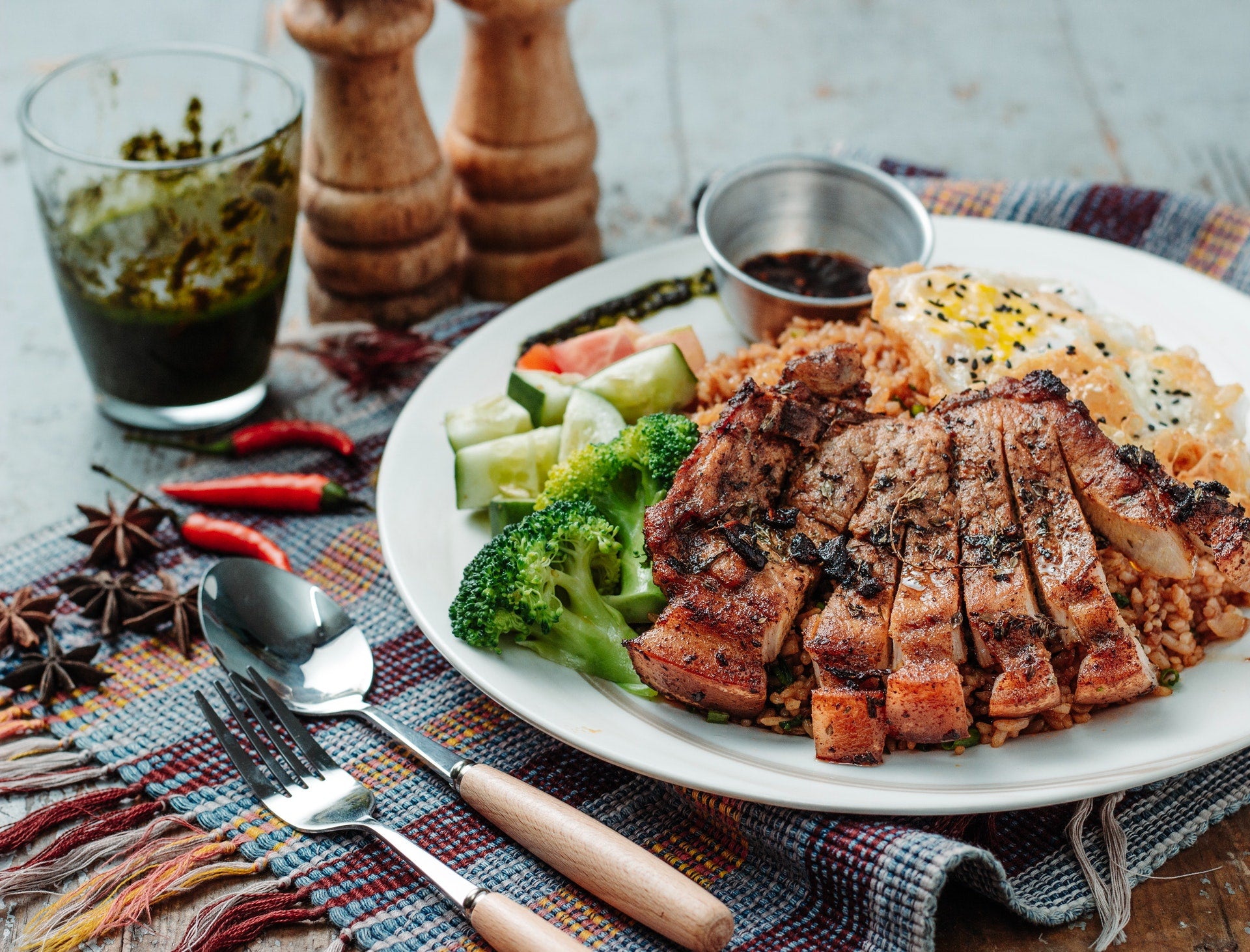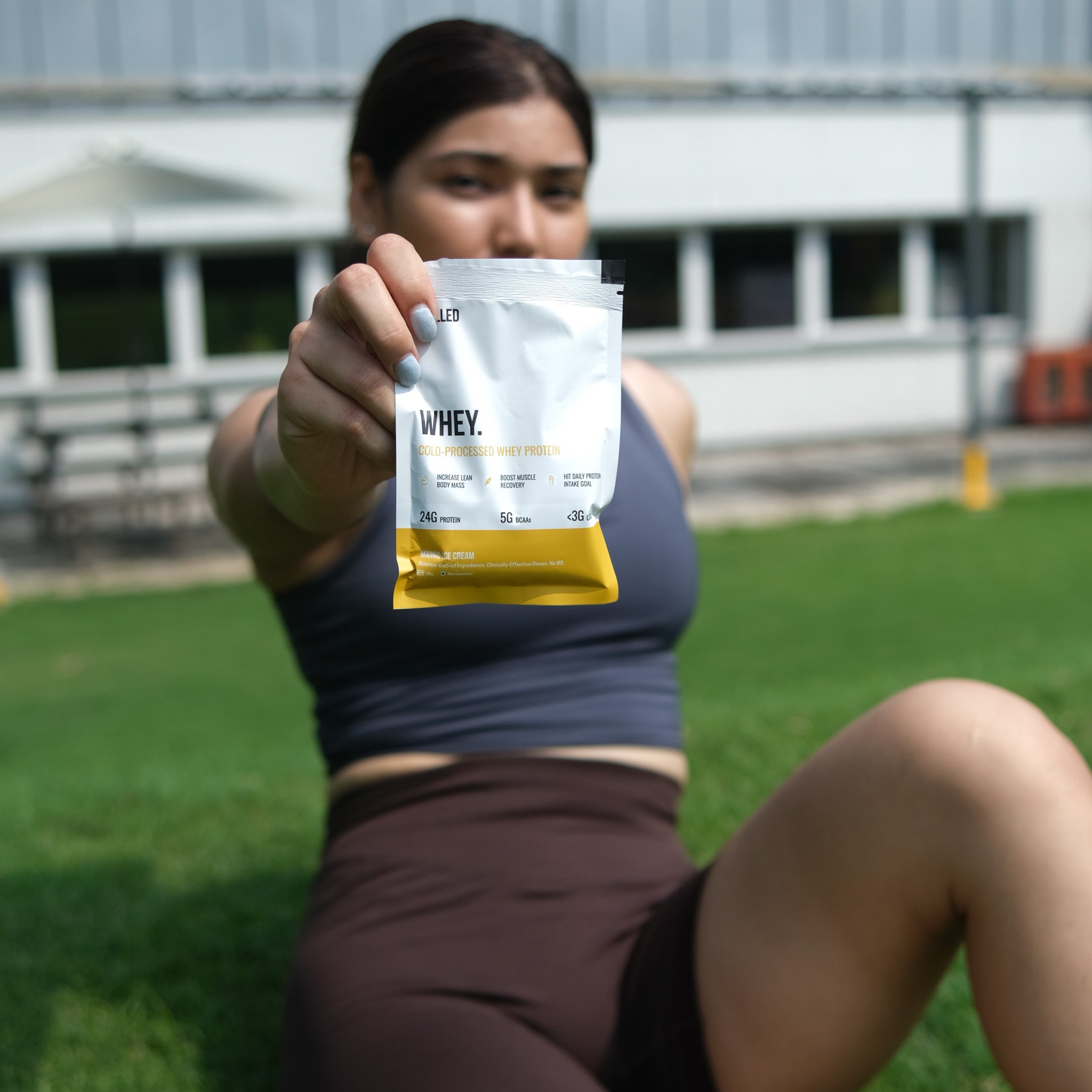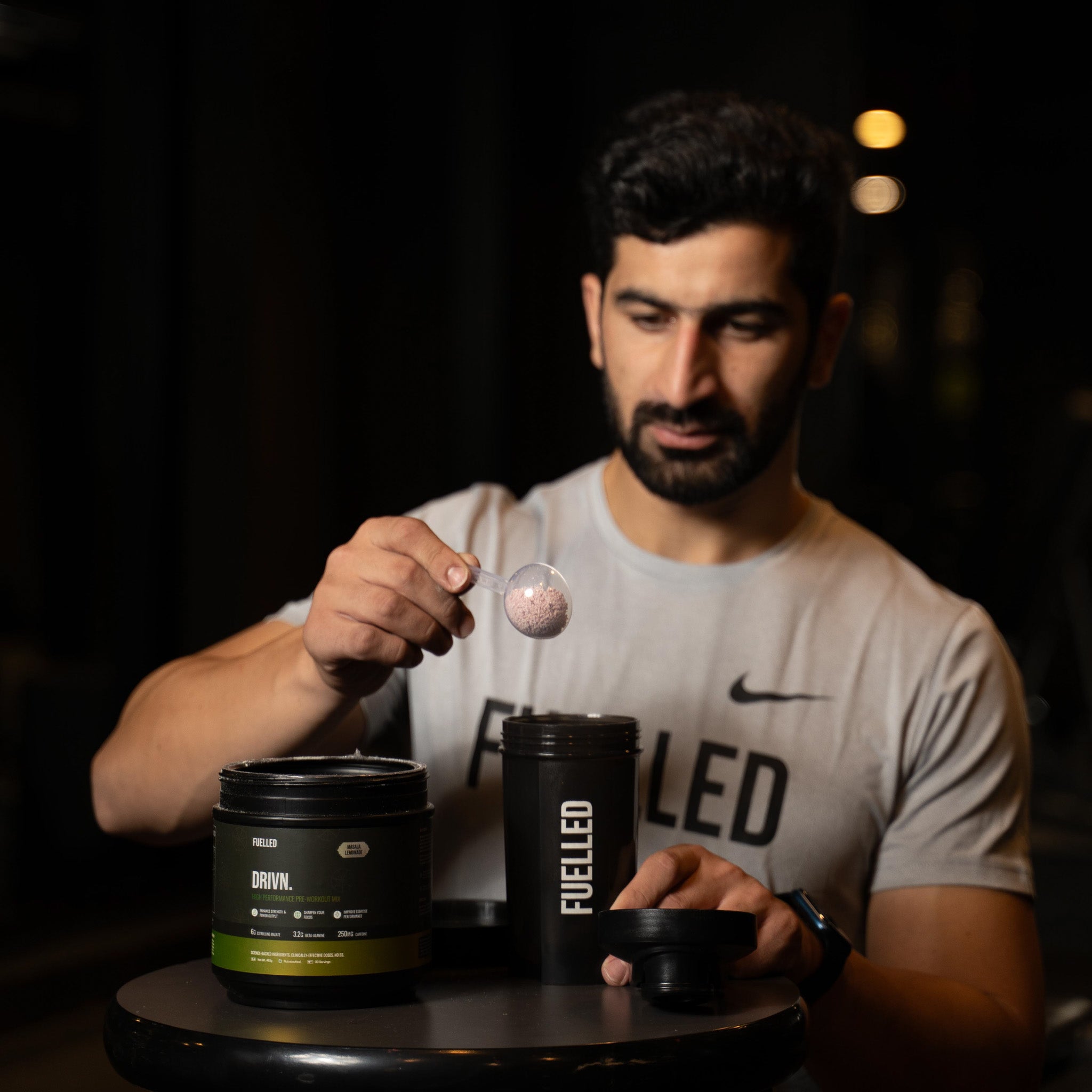Chances are, we all have at some point, tried to lose weight, be it a New Year Resolution to stay healthy & fit or the realization to build a chiselled six pack for a beach vacation with our buddies. And in this quest, we've tried different things. Some of them work. Some of them don't.
But, what’s the difference between losing weight & losing fat? One thing is for sure, they’re definitely not the same. Let’s dig deeper to find out the differences between the two.
WHAT IS WEIGHT LOSS?
Your body can be divided into two main parts : The fat mass and the lean mass. Fat mass is exactly what it sounds like : the amount of fat in your body.
Lean mass is your total body weight minus the fat mass. Basically, anything that is not fat. Things like muscles mass, bone mass, hair, water, etc.
When trying to lose weight, you can lose both fat mass & lean mass. For Ex : When switching from a high carb diet to a low carb diet, your body will lose some water weight due to that fact that each gram of carbs holds around 3 grams of water in our bodies.
Hence, technically, you lost weight, but in reality, there was no change in your fat mass.
And so, chasing weight loss is not the right strategy when you’re looking to lose fat. What you should target instead is fat loss.
WHAT IS FAT LOSS?
Fat loss is exactly what it sounds like : To lose weight by reducing the amount of fat in your body while preserving the lean mass.
Your goal should be to reduce the fat mass from your body. Though we can’t completely eliminate lean mass loss, we can definitely take measures to minimize it.
Things like high protein diets, moderate caloric deficit, weight training, minimum cardio can help make sure that most of the weight lost from your body is in the form of fat.
Now, does that mean that we can specifically target fat loss over specific areas? Unfortunately, no. We can’t choose where our bodies lose fat from. It is the overall percentage of body fat that decreases. And so, doing a 100 crunches daily will not reveal your six pack until & unless the layer of fat over those abs is lost, which will only happen when you stay in a caloric deficit.
HOW TO TRACK FAT LOSS?
Now, for the most part, your weighing scale is a good enough indicator to measure fat loss. Given the fact that you’re eating a high protein diet with a moderate caloric deficit & focusing on lifting weights, most of the weight that you’ll be losing will be in the form of fat.
Next, looking at yourself in the mirror and tracking how you look week after week will also give you a clear idea about the fact that you’re losing fat or not.
Apart from these, you can either use Callipers or BMI machines to calculate your body fat percentage & track it. However, make sure to be consistent with whatever method you choose and don’t treat the number of your body fat percentage as the holy grail. There are some inconsistencies with every method.
What you should measure instead is that over time, whatever method you use, the number for that method should be going down. That way, you can be sure that you’re making progress.
In the end, it's the progress that matters more than the number.










Leave a comment
This site is protected by reCAPTCHA and the Google Privacy Policy and Terms of Service apply.